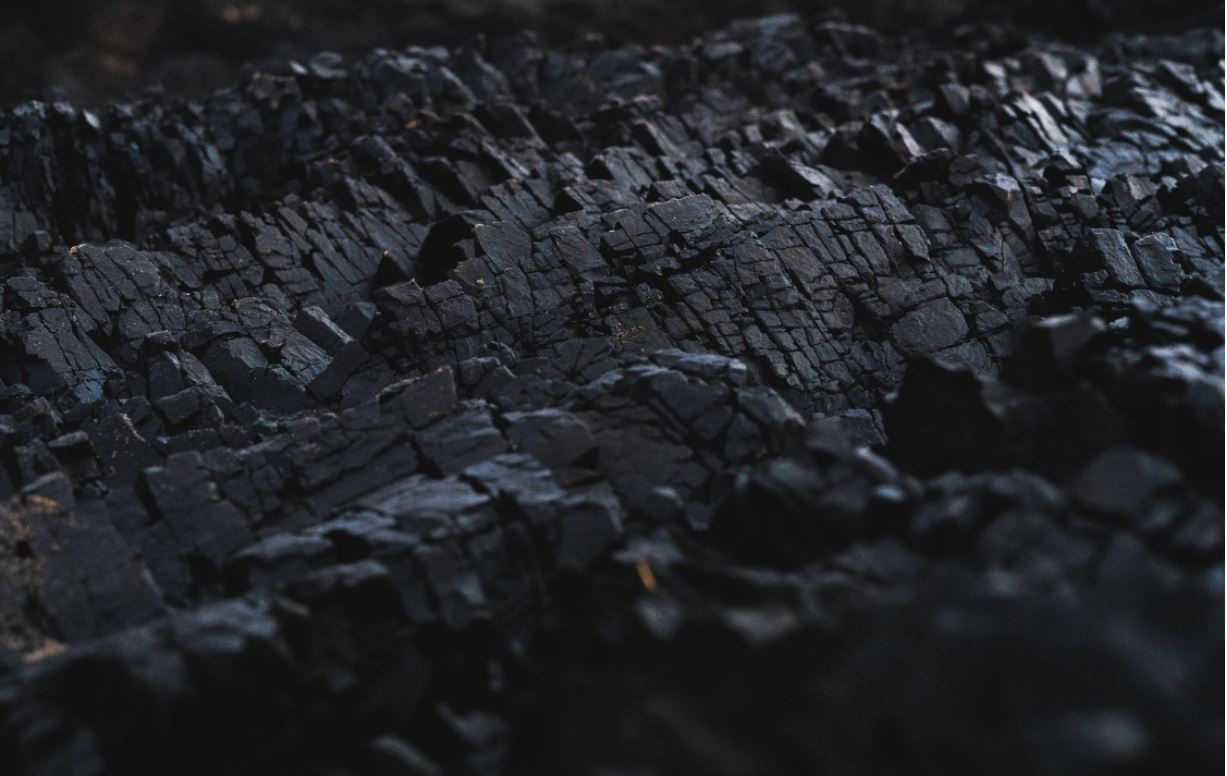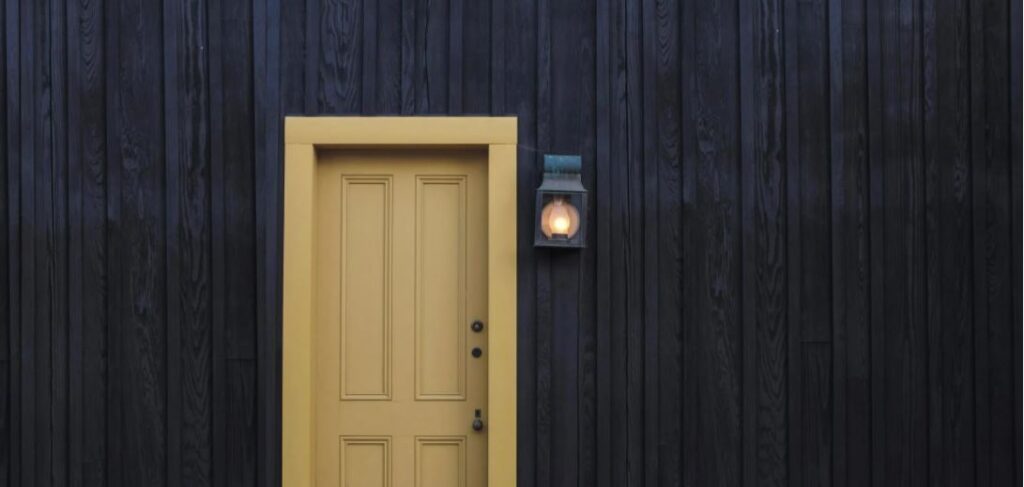In contemporary architecture, an old Japanese technique is booming. In addition to modern optics, the building material scores points in terms of sustainability.
Shousugiban – Japanese wood technology and modern architecture
At first glance, it seems paradoxical. A deliberate destruction rendes a material more resistant. However, Shou Sugi Ban uses exactly this approach. The literal translation means “burnt sickle fir board”. Controlled burning carbonizes a wood surface. Oil is then used to seal.
In Japanese culture, the metaphor behind this technique is deeply rooted. Resilience and strength are created by destruction. This idea is also found in the Japanese philosophy of life Wabi Sabi. Wood treated with this technique has a black to silvery shimmer. Depending on the degree of carbonization, the surface has more or less crushing. More and more furniture builders and architects are enthusiastic about this dramatic look and the craftsmen in Japan continue to use the traditional method. Three cypress boards are tied together. The inside is fueled by the resulting chimney effect. The black carbon layer also protects against mould, insects and water. Another advantage was that you no longer have to paint the facade, the Japanese trend. This ancient machining method offers not only aesthetic value but also numerous advantages.
Read more at: https://nakamotoforestry.co.uk/shousugiban/

Sustainable material for modern architecture and design
Inorganic materials are often used in contemporary architecture. The natural aging process is to be slowed down in this way. However, there is also a rethink here and the goal has been set to focus more on sustainability and sustainable materials in modern house building and building construction. In this context, this ancient Japanese wood technique is certainly a welcome alternative to other conventional construction methods. Shou Sugi Ban is a purely organic finish.
A conventional seal is always threatened by weathering and must fight against it. With Shou Sugi Ban, weathering symptoms are no longer a blemish, but even desirable. The aging of the burnt wood is accompanied by noble elegance. Over the years, weathering has created a craquelé pattern. This creates an additional visual appeal.
In Japan, the herneltanne is traditionally used. This tree is also known as Japanese cedar. Since this tree species grows under similar climatic conditions as in Europe, this Japanese technique can also be used in European woods such as pine, cedar or larch. Experts believe that the wooden facades treated with this technique can do without maintenance for about 80 to 100 years. After this period of time, it is necessary to re-seal with oil, continue reading.




